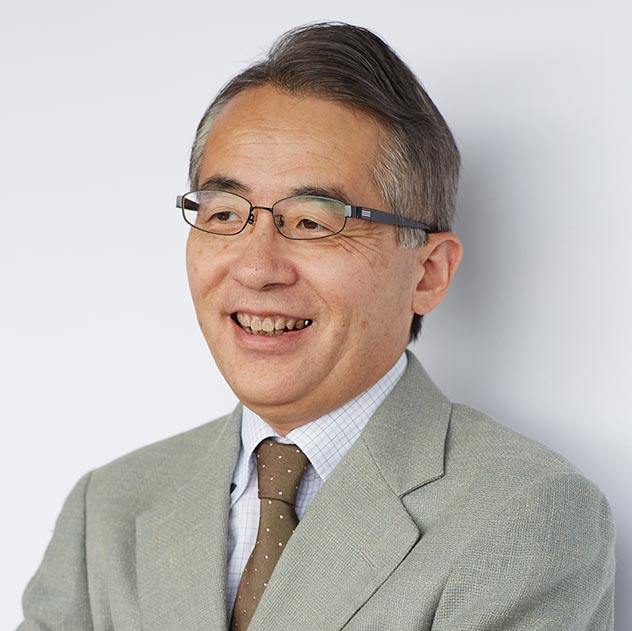Expanding Japan’s Technology Globally via Transit-Oriented Urban Development
A way of transforming railways from something people don’t want to use into something convenient and attractive to use
Scroll Down
With traffic jams being normal in large cities in Asia, it is apparent that long commuting times hinder work progress and leave no time for family gatherings. This has arisen from the rapid influx of labor forces accompanying substantial urban development. Moreover, traffic problems have resulted not only in traffic jams but also traffic accidents, noise, and serious air pollution stemming from exhaust gas. In keeping, all large cities in Asia are beginning to aim to break society away from being car-centered and towards being mass-transit centered.
Utilizing Japan’s experience overseas
Transit-oriented development
An effective method of achieving this is ransit-oriented development, in which stations serve as centers to which the functions of the surrounding towns are linked. This method, which can be described as a kind of specialty, is one that Japan has refined over many years and is something that cities in Asia seek.
Nikken Sekkei also has vast domestic experience with the complex management and coordination indispensable to making towns convenient. In keeping, the company believes that design includes not only the selection of designs and finishings but also efforts to create new and enjoyable everyday lifestyles for users.
